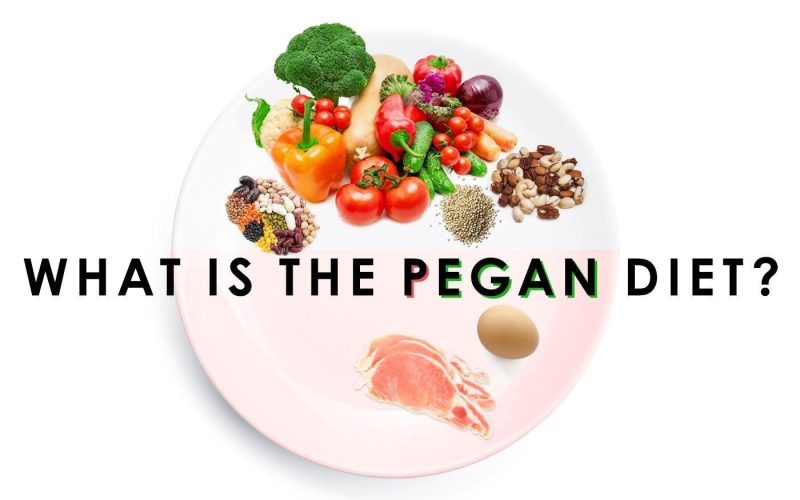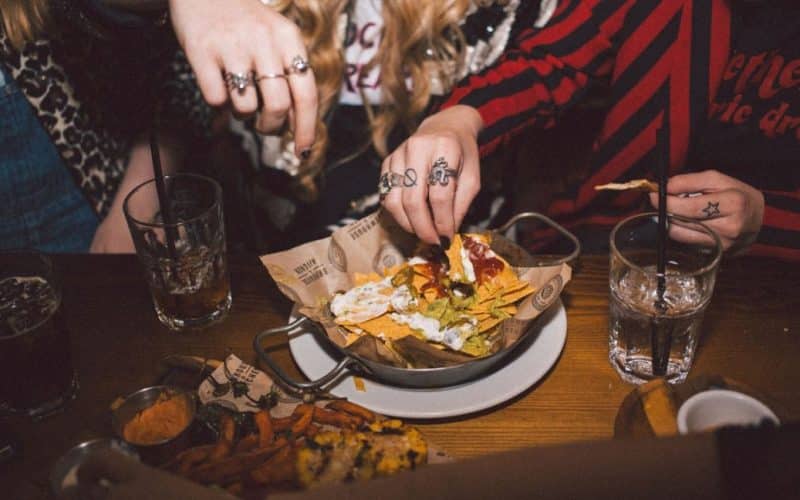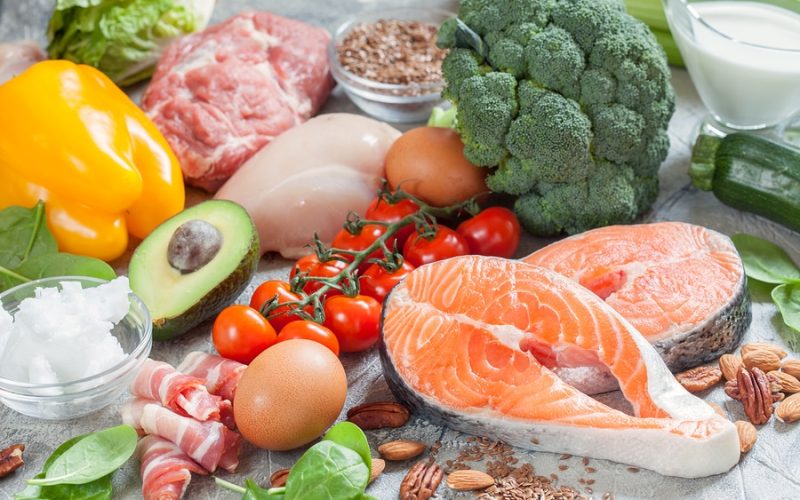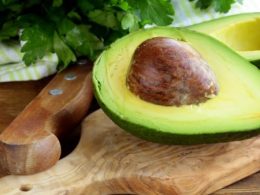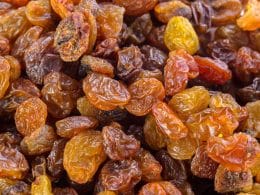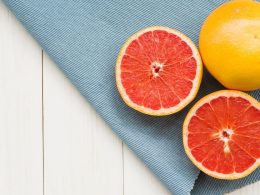The pegan diet is one that will get you confused if you decide to take it for its name. However, it is simply a style of eating that was inspired by two of the most famous diet trends, I.e paleo and vegan.
According to the creator of the pagan diet, Dr. Mark Hyman, it is a diet that promotes optimal health by way of balancing blood sugar and reducing inflammation. However, some of the components of the pagan diet remain very controversial.
In this article, we will be reviewing everything you must know about the pegan diet, and that includes its drawbacks and potential health benefits.
What Is the Pegan Diet?
The pegan diet is one that combines the key principles from vegan and paleo diets, based on the belief that only nutrient-dense, whole foods are capable of reducing inflammation, support optimal health and balancing blood sugar.
If the first thing that comes to your mind is that going vegan and paleo at the same time sounds almost impossible, then you need to know that you’re not alone in that line of thought.
Despite its name being a combination of alphabets from the two diets earlier mentioned, the pegan diet is very unique and posses its own separate set of guidelines that must be followed. In fact, you may enjoy it more because it is less restrictive than either a vegan or paleo diet on its own.
A major emphasis in the pegan diet is placed on the consumption of organic vegetables and fruit, but a regular intake of little to moderate amounts of certain fish, meat, seeds, nuts, and some legumes are advised.
Heavily processed oils, grains, and sugars are not encouraged — but are still acceptable in very little amounts.
Unlike other diets, the pegan diet is more of a lifestyle than a diet as it is not designed to be a typical, short-term diet. It was instead, created with the aim for it to be more sustainable over a long period of time, or even indefinitely.
Foods to eat on the organize diet
The pegan diet is great as it focuses strongly on the consumption of whole foods or foods options that have undergone very little to no processing at all before they finally arrive at your dining table.
Eat Lots of Plants
The major food group that is found on the pegan diet is fruit and vegetables— these two kinds of food should make up to 75% of your total intake.
Low-glycemic fruits and vegetables, like non-starchy vegetables, and berries, should be consumed more in order to reduce your blood sugar response.
Very little amounts of sugary fruits and starchy vegetables may be allowed for people who have been able to maintain a healthy blood sugar control long before starting the diet.
Choose Responsibly Sourced Protein
Even though the pegan diet majorly lays emphasis on plant foods, enough intake of protein from animal sources is not frowned at, but encouraged.
Also bear in mind that because 75% of the pegan diet consists of fruits and vegetables, a little below 25% of it is left for animal-based proteins. Because of that, you’ll have a very low meat intake unlike you would if you decide to go on a typical paleo diet — at the same time, more than you’ll get if you’re on any vegan diet.
The pegan diet is one that doesn’t encourage eating meats and eggs that are farmed conventionally. Instead, it focuses more attention on grass-fed, pasture-raised sources of pork, poultry, beef, and whole eggs.
The organ diet also encourages the consumption of fish — specifically the ones that tend to have quite a low mercury content such as wild salmons and sardines.
Stick to Minimally Processed Fats
If you are on this diet, you must eat only healthy fats from specific sources, like:
- Seeds: Except for processed seed oils
- Nuts: Except peanuts and peanut butter
- Avocado and olives: Avocado oil and Cold-pressed olive oil may also be used
- Coconut: Only unrefined coconut oil is permitted on this diet
- Omega-3s: Supplements are not bad but you need to focus on those from algae or low-mercury fish.
Pasture-raised, grass-fed, meats and whole eggs are also contributors to the fat content when it comes to the pegan diet.
Some Whole Grains and Legumes May Be Consumed
Despite the fact that the consumption of most grains and legumes are not encouraged on the pegan diet, because of their potential to influence a consumer’s blood sugar, the different options of gluten-free whole grains and legumes are also allowed for consumption in limited quantities.
Intake of grains should not be more than a 1/2 cup (125 grams) per individual meal, while the intake of legumes should not be more than 1 cup (75 grams) per day.
Here are a couple of grains and legumes that are allowed for you to eat:
- Legumes: Chickpeas, lentils, black beans, pinto beans
- Grains: Black rice, quinoa, millet, teff, amaranth, oats
However, you must further restrict foods like that if you have diabetes or any other condition that may contribute to poor blood sugar control.
Food options to Avoid
The pegan diet is a more flexible diet than the normal vegan or paleo diet because it allows of an occasional intake of all of your favourite foods.
That said, there are several foods and food groups that are strongly discouraged on this diet. Some of the foods that are discouraged on this diet are known to be unhealthy, while other food options may be considered to be very healthy — and it depends on whom you ask.
These kinds of foods are typically avoided on the pegan diet;
- Dairy: yoghurt, cow milk, and cheese are greatly discouraged on this diet. However, foods that are made from sheep or goat milk are permitted for consumption in very limited quantities. There are times when grass-fed butter is also allowed.
- Gluten-free grains: Even grains that do not contain gluten are highly discouraged. Very little amounts of gluten-free whole grains are occasionally permitted.
- Gluten: All gluten-containing grains are strongly discouraged.
- Legumes: Most legumes are strongly discouraged as a result of their potential to make your blood sugar higher. Low-starch legumes, like lentils, can be permitted.
- Sugar: Any form of artificially added sugar, whether refined or not, is to be avoided. It may be occasionally used — but very sparingly.
- Refined oils: Oils that are refined or highly processed, such as soybean, canola, sunflower, and corn oil, are mostly always avoided.
- Food additives: flavourings, artificial colourings, preservatives, and any other additive are to be avoided.
The reason most of these foods are forbidden as a result of their perceived impact on blood sugar levels and/or inflammation.
Potential Benefits
There is also a change that the pegan diet will contribute to your health in many different ways.
The emphasis on the consumption of fruit and vegetable intake is most likely its best trait.
Fruits and vegetables are some of the foods that are nutritionally diverse. They are full of fibre, minerals, vitamins, and plant compounds that are known to prevent disease and also reduce both inflammation and oxidative stress.
The pegan diet may also emphasize healthy, unsaturated fats from seafood like fish, seeds, nuts, and other plants that have a positive impact on cardiovascular health.
There are so many different diets on the planet that you can choose from, but before you choose a diet that you feel is right for you, make sure to talk to your doctor first.
We would like to hear from you, please leave a comment below.



